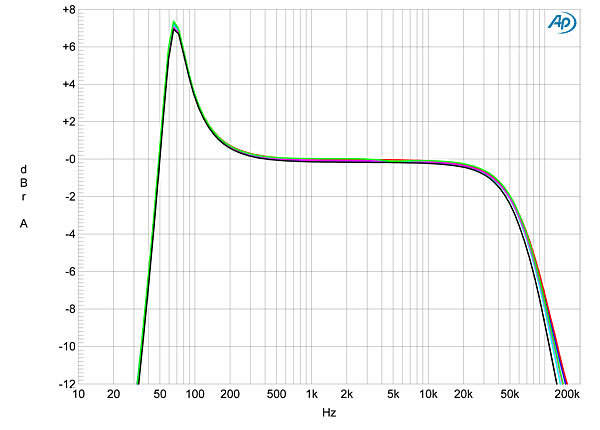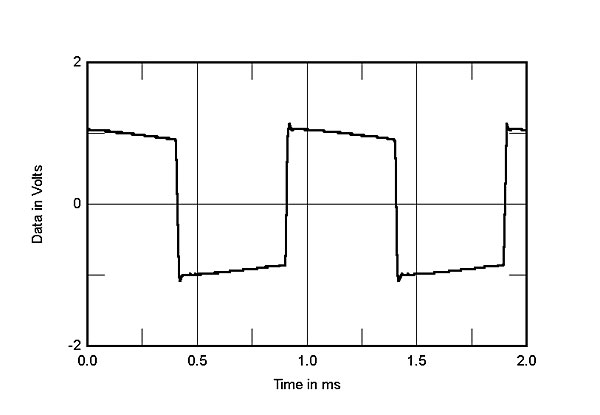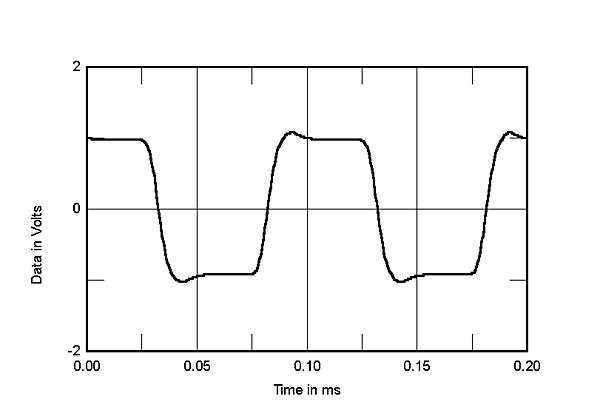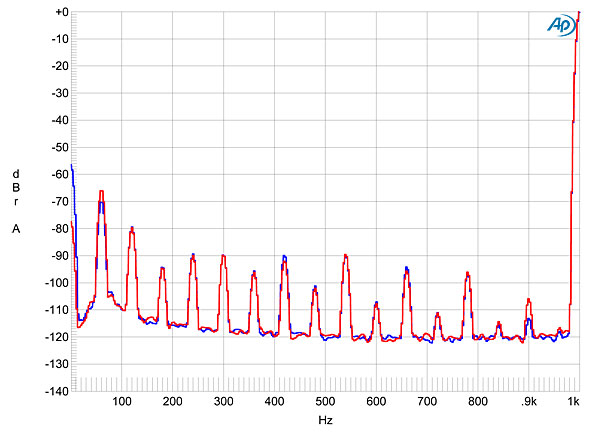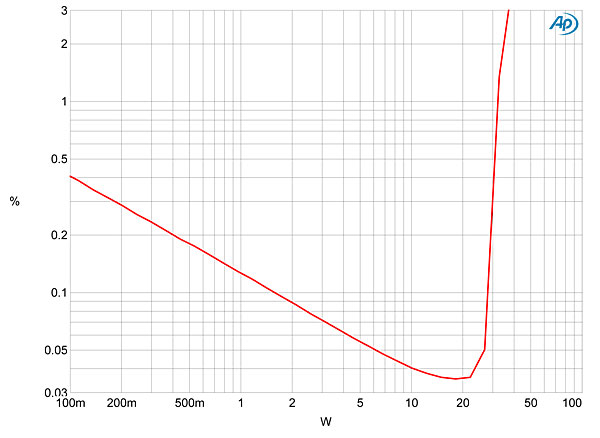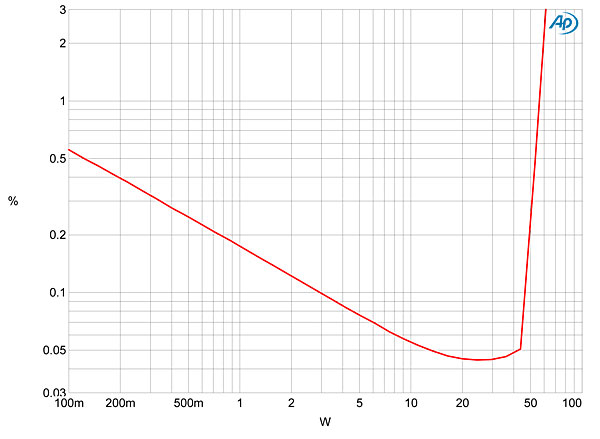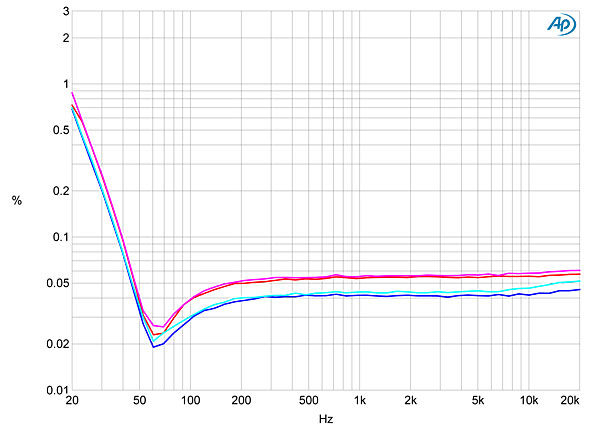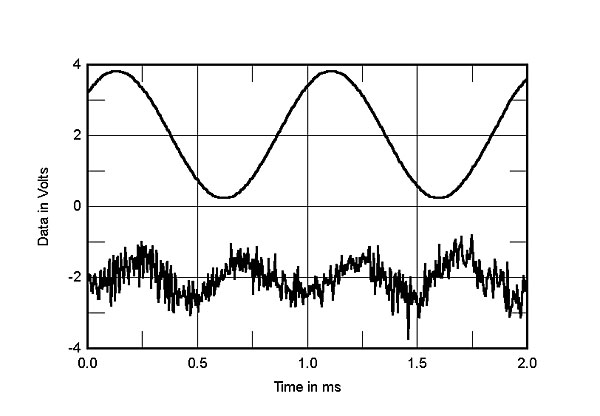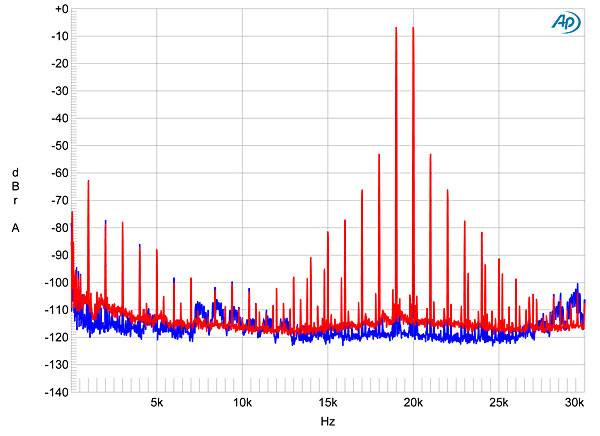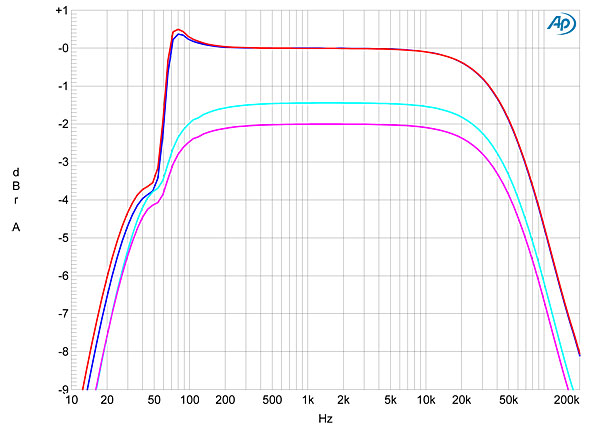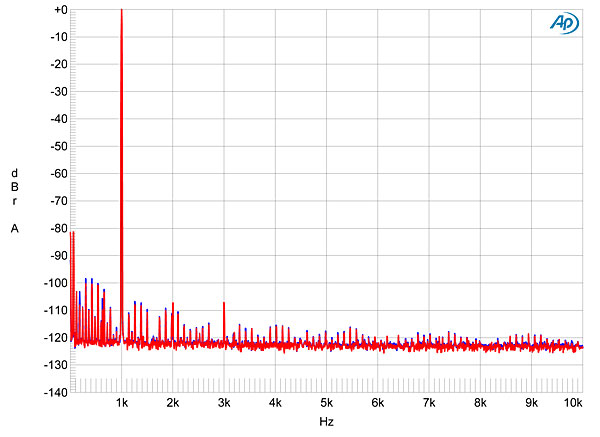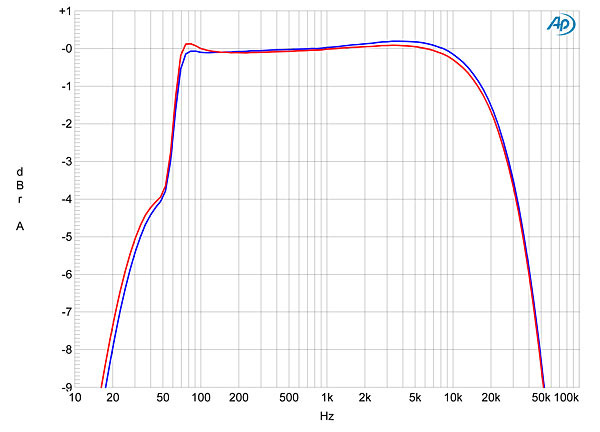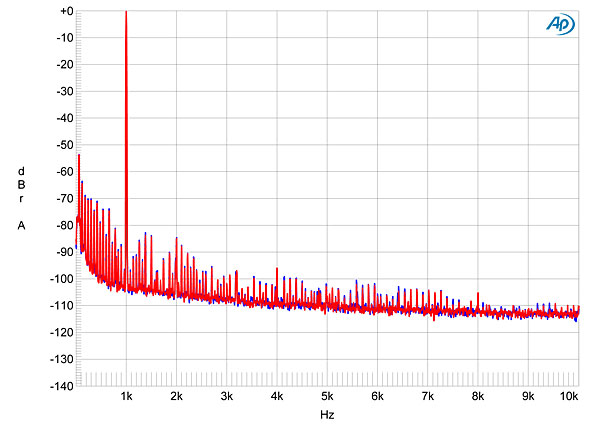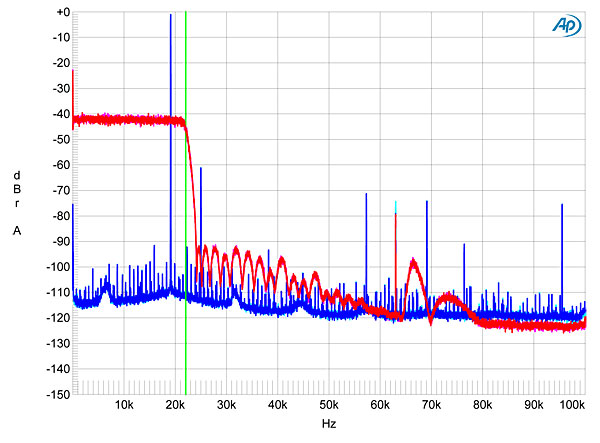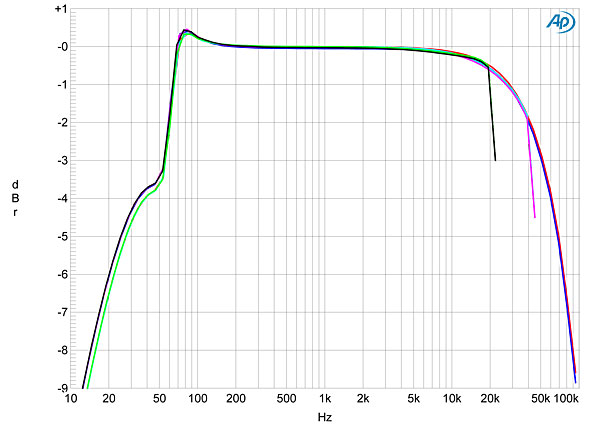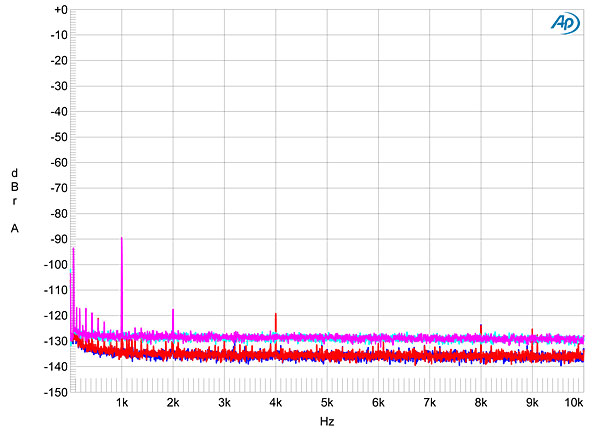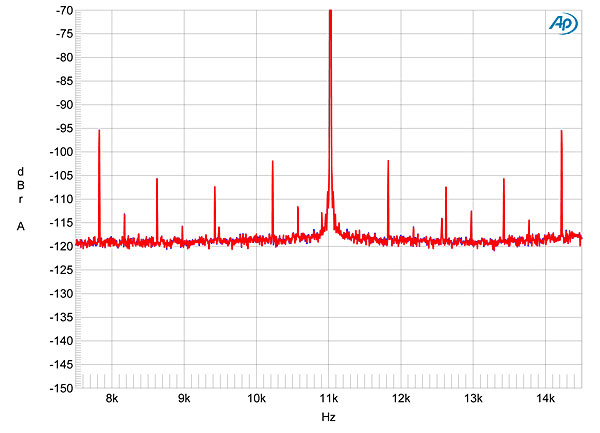| Columns Retired Columns & Blogs |
I've owned the D3020 for almost two months now and I am particularly sensitive to criticism of its remote and interface. The reason? Because such criticism actually kept me from buying this wonderful little amplifier for months, until I finally bought it because it was exactly what I was looking for. I've commented previously on his site and others about how these criticisms are overblown, but here I go gain. The remote is black on black, and yes it it hard to see the buttons. But the buttons are few and nicely spaced out. You'll have their locations memorized in no time and you'll have no need to even look at the remote. It also fits very nicely in the hand. Could NAD have added some white? Of course. But please don't let it stop you from buying this great amp. Same goes for the interface, which is really just the power button and input switch on the unit itself. I've never had an issue with these. In fairness, sometimes I have to press the power button a second time, but so what? We're talking maybe half a second to press it again. It is a bit quirky until you learn where it wants to be touched. My main point is that the D3020 is very user friendly and easy to live with. It also sounds great. Don't let these petty criticisms stop you from buying it if the features fit your needs.
